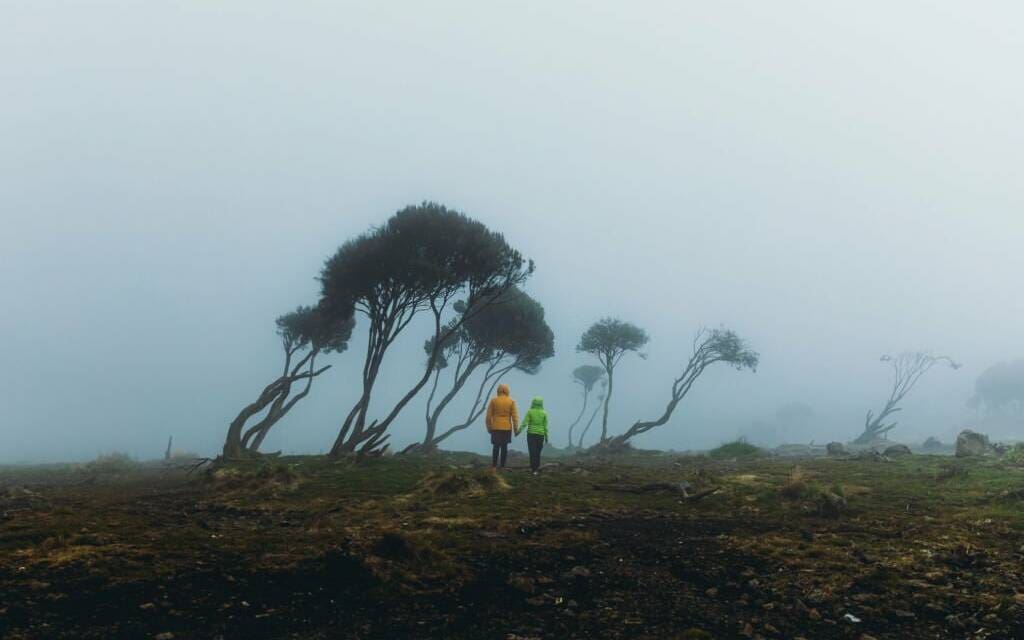Introduction to Altitude Sickness
Altitude sickness, also known as acute mountain sickness (AMS), is a condition that can occur when ascending to high altitudes too quickly. It is a common problem faced by trekkers and climbers on mountains like Kilimanjaro, the majestic peak in Tanzania. Altitude sickness can range from mild symptoms such as headaches and nausea to more severe conditions like high altitude pulmonary edema (HAPE) and high-altitude cerebral edema (HACE). Understanding the symptoms, factors contributing to mountain sickness, and how to prevent and treat it is essential for a safe and enjoyable trek on Kilimanjaro.
Understanding the Symptoms of Altitude Sickness
Altitude sickness can manifest in many different ways, and recognizing its symptoms is critical for early intervention. Symptoms usually begin around 6,000 feet (1,800 meters) above sea level and can get worse at higher altitudes. Common signs of altitude sickness include headache, dizziness, fatigue, loss of appetite, nausea, vomiting, and difficulty sleeping. More severe cases may cause shortness of breath, chest tightness, confusion, and a bluish discoloration of the skin. It is important to be aware of these symptoms and take the necessary precautions to avoid further complications.
Factors That Contribute to Altitude Sickness on Kilimanjaro
Several factors contribute to the development of altitude sickness, especially on Kilimanjaro. The main factor is the rapid elevation gain as climbers travel from the base to the summit in a relatively short period of time. Additionally, susceptibility to altitude sickness varies between individuals, and factors such as age, fitness level, and previous experience at high altitudes can influence how well you acclimate. Climatic conditions, dehydration, and underlying medical conditions can also influence the onset and severity of altitude sickness. Understanding these factors will help you better prepare for your Kilimanjaro hike.

Preparing for High-Altitude Trekking on Kilimanjaro
Proper preparation is crucial for a successful and safe trek on Kilimanjaro. Before embarking on your adventure, it is essential to consult with a healthcare professional and undergo a thorough medical check-up. This will help identify any underlying conditions that may increase the risk of altitude sickness. Physical fitness is also important, as it aids in acclimatization and reduces the strain on your body. Engaging in regular aerobic exercises and gradually increasing your endurance can significantly improve your chances of a healthy trek. Additionally, packing appropriate gear, including warm clothing, sturdy footwear, and high-quality sleeping bags, is essential for your comfort and safety on the mountain.
Tips for Preventing Altitude Sickness
Though altitude sickness is inevitable, taking steps to minimize it is vital. Begin by pacing yourself, allowing acclimatization. A gradual ascent, extra days at intermediate altitudes, and staying hydrated with water (while avoiding alcohol and caffeine) enhance adaptation. A balanced diet with carbs, avoiding heavy meals aids digestion and reduces nausea risk. Lastly, steer clear of strenuous activities, especially in the trek’s early days, to aid effective altitude adjustment.
Recognizing and Treating Altitude Sickness on the Mountain
Altitude sickness can strike despite precautions. Recognize early signs, communicate with your guide, and descend if needed. Mild cases? Rest, hydrate, OTC pain relievers. Severe? Seek immediate medical help. Be prepared for any altitude challenge.
Adjusting Your Trekking Itinerary to Prevent Altitude Sickness
Flexibility in your trekking itinerary is important to allow for proper acclimatization. Choosing longer routes with more gradual ascents can significantly reduce the risk of altitude sickness. It is advisable to include rest days at different altitudes to give your body more time to adjust. Furthermore, climbing Kilimanjaro via the Machame or Lemosho routes, which offer more acclimatization time, is recommended for those concerned about altitude sickness. Planning your itinerary with the guidance of experienced operators and following their recommendations is crucial for a safe and enjoyable trek.
Acclimatization Strategies on Kilimanjaro
There are various acclimatization strategies that can be employed to minimize the risk of altitude sickness on Kilimanjaro. One common approach is the “climb high, sleep low” method, where climbers ascend to higher altitudes during the day and then descend to sleep at lower elevations. This helps the body slowly adjust to higher altitudes while still allowing for adequate rest. Another effective strategy is the use of supplemental oxygen, which can be carried by your guide or purchased beforehand. This can provide relief for mild symptoms and aid in acclimatization. Employing these strategies in conjunction with other preventive measures can significantly improve your chances of a successful trek.
Stories and Experiences of Dealing with Mountain Sickness on Kilimanjaro
Mountain sickness affects individuals differently, and hearing stories and experiences from others can provide valuable insights. Many trekkers have faced altitude sickness on Kilimanjaro and have successfully managed it. Their stories highlight the importance of being aware of the symptoms, listening to your body, and taking appropriate action. By sharing these experiences, we can learn from one another and better prepare ourselves for the challenges that altitude presents. Remember, mountain sickness does not discriminate, and even the most experienced climbers can be affected. It is essential to approach your Kilimanjaro trek with respect, caution, and a willingness to adapt.
Conclusion: Enjoying a Successful and Healthy Trek on Kilimanjaro
Mountain sickness is a real concern when trekking on Kilimanjaro, but with proper preparation, awareness, and acclimatization, it can be managed effectively. Understanding the symptoms and factors contributing to altitude sickness and implementing preventive measures is crucial for a safe and enjoyable trek. By adjusting your trekking itinerary, employing acclimatization strategies, and being prepared for the unexpected, you can increase your chances of reaching the summit while maintaining your health. Remember, the journey is just as important as the destination, and a successful and healthy trek on Kilimanjaro is an unforgettable experience. So take on the challenge, breathe in the thin air, and embrace the breathtaking adventure that awaits you on the roof of Africa.
Ready to embark on your Kilimanjaro adventure? Ensure you are fully prepared for altitude sickness by consulting with a healthcare professional and following the tips and strategies outlined in this article. Remember, your safety is paramount, so take the necessary precautions, listen to your body, and enjoy the awe-inspiring beauty of Kilimanjaro.
